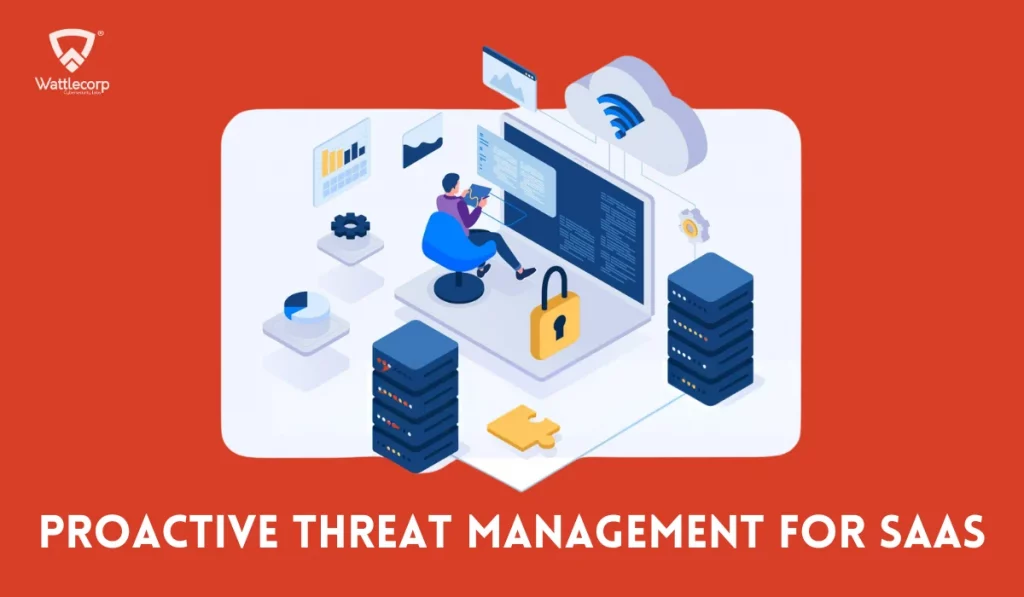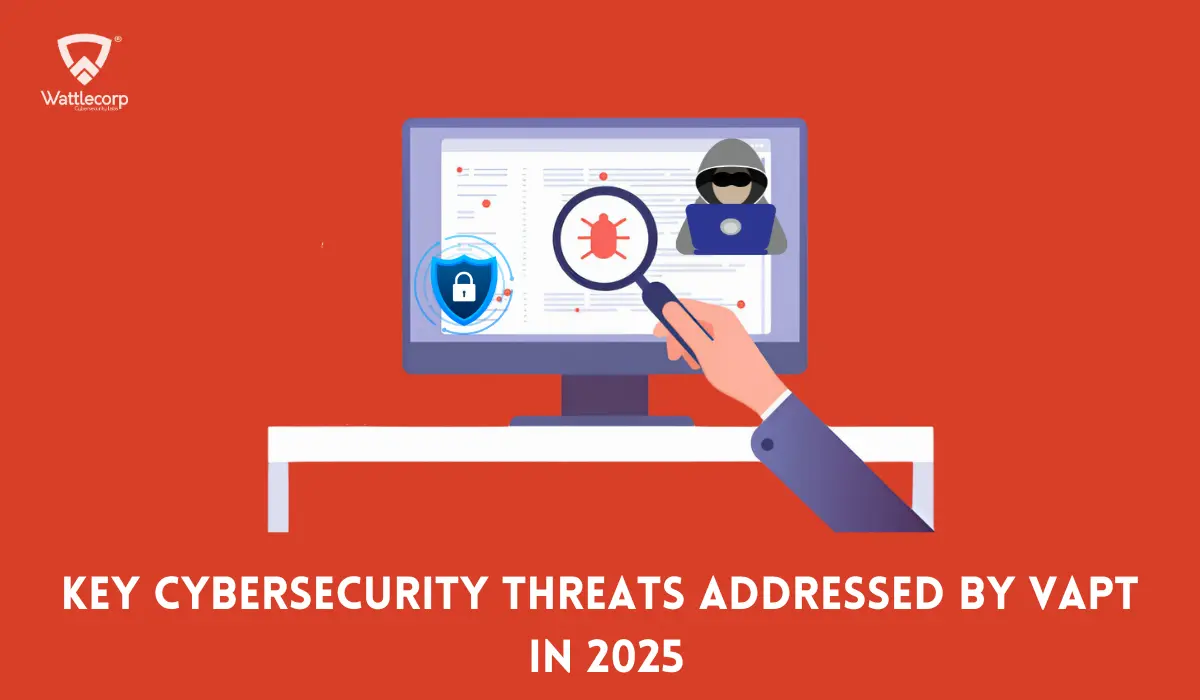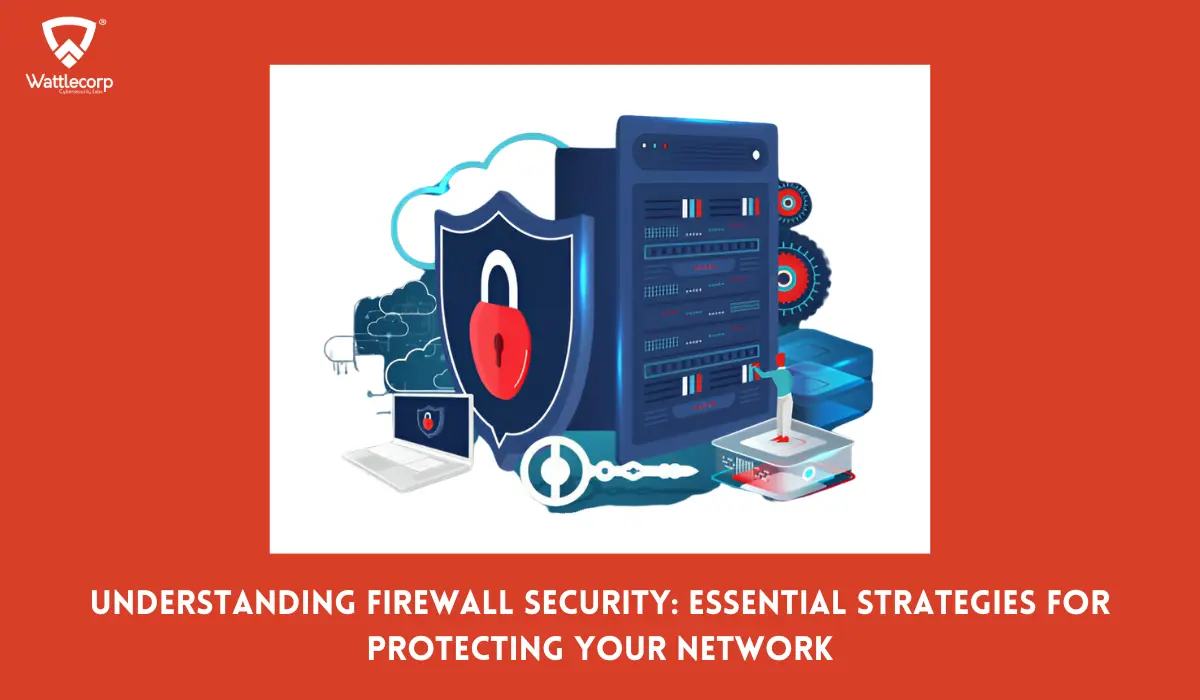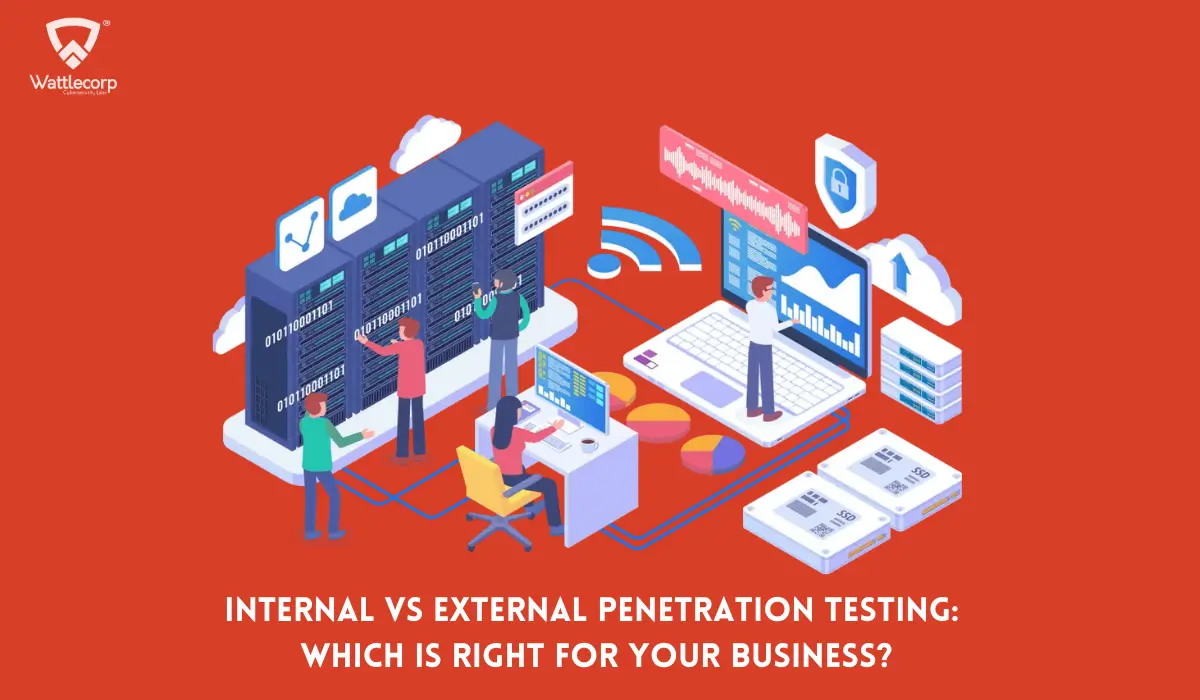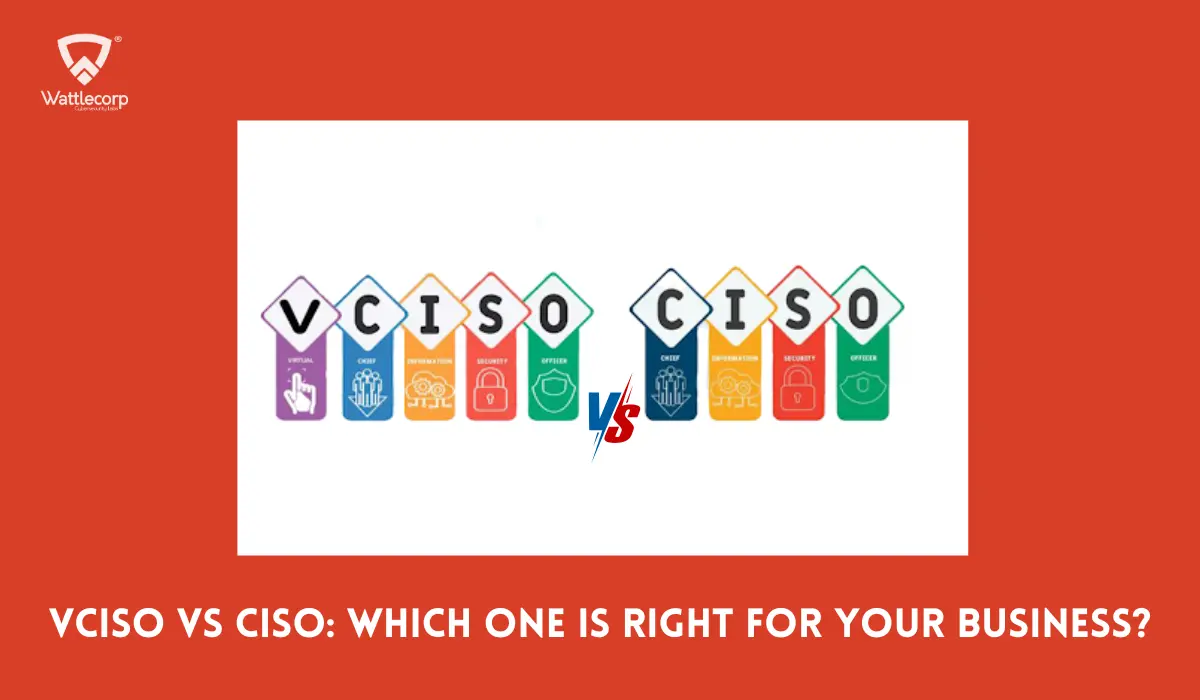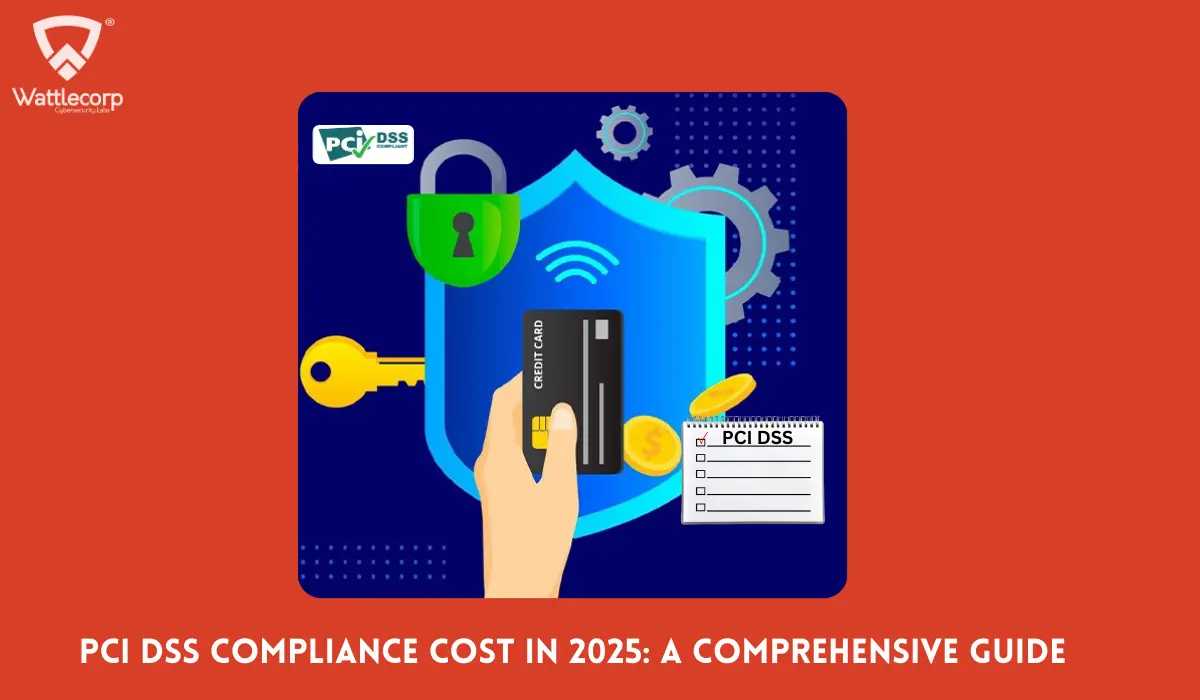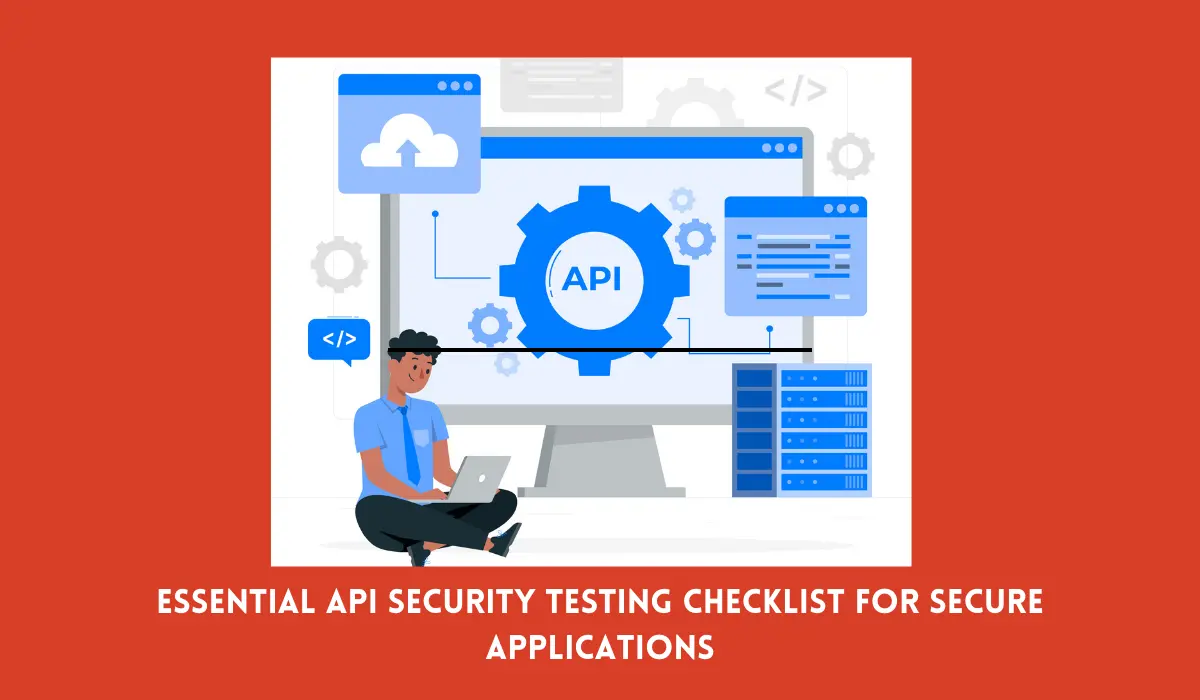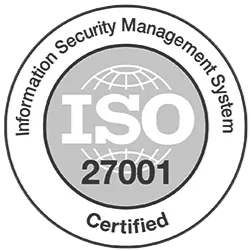Data is the lifeblood of any digital business; it is what enables companies to become intelligent. Hence, it is crucial that this data is protected from loss and corruption. This is, of course, not an easy task, especially if your data is stored in disparate environments, especially SaaS.
The popularity of SaaS platforms is due to their user-friendliness, intuitive interfaces, and ability to revolutionize legacy processes and facilitate improved collaboration. In fact, it’s because of the value of data stored in them that SaaS platforms are digital enablers.
CRM, ERP, HRMS, and similar software are all examples of SaaS; we’re sure you are aware of how invaluable such solutions are for a business today. Business owners, employees, developers, etc. depend on this data and tailor the platforms to fit their requirements. When a business grows, so does the volume of data collected.
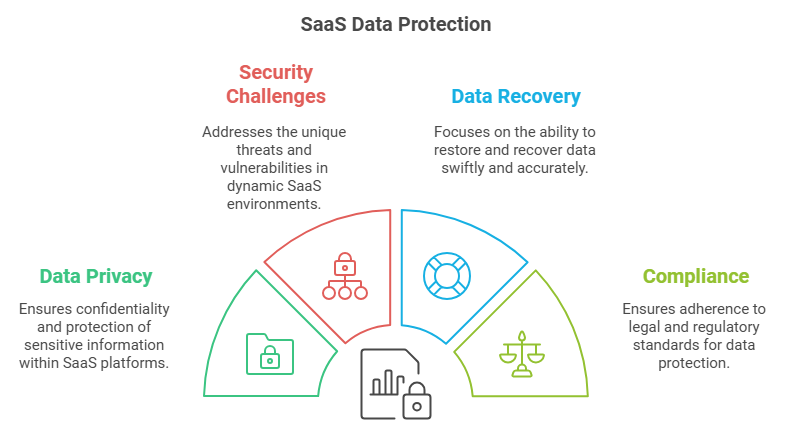
SaaS environments are dynamic, and the solutions scale as the business grows, giving rise to unique SaaS security challenges. Data privacy in SaaS applications and protecting this data becomes more important yet more difficult. Loss of data through human error or malicious attacks has a negative impact on the organization’s reputation and business and can result in loss of trust and revenue. In fact, SaaS data protection is one of the biggest data challenges today.
Here’s what you need to determine:
- Are you fulfilling your responsibility in the shared responsibility model for the SaaS data protection?
- Is your organization capable of data recovery and restoration swiftly, accurately, and granularly in the event of a breach or loss?
- Is your SaaS admin time spent too much time in taking manual backups and data propagation for testing and more?
- With business growth, as your SaaS data footprint grows, how much more will you need to spend to store data in that environment?
- Do your current SaaS threat management capabilities afford your business the flexibility to retain and reuse data, be compliant, and recover huge data volumes swiftly?
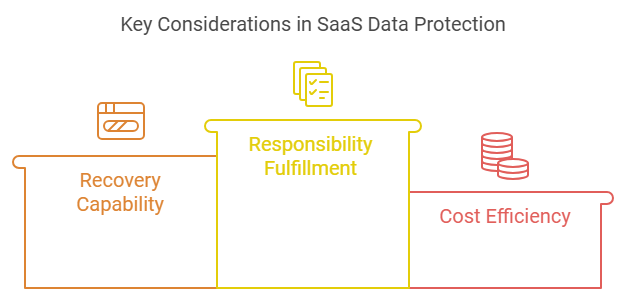
If you’re not able to answer these questions right, you may be putting your organization at risk of data breaches, human oversight or error, and data corruption. Not only will this damage your reputation and brand and cause you to lose business, it can put you at risk of compliance failure. This can lead to legal action, punitive fines, loss of certification or licenses, and so on.
Table of Contents
Toggle- What are the Most Common SaaS Securitysecurity Challenges and Rrisks?
- Key Security Challenges In SaaS
- Why is SaaS Proactive Threat Management Important?
- The 9 Principles of Proactive Data Protection are as follows:
- Proactive Security Strategies for SaaS
- Improve your SaaS Security with Annual Security Program from Wattlecorp
- Frequently Asked Questions (FAQ’s)
What are the Most Common SaaS Securitysecurity Challenges and Rrisks?
The different challenges in SaaS security management include exploitation of vulnerabilities, data breaches, and unauthorized access. There is additional complication here, as both users and providers share the responsibility of protecting the data and apps.
SaaS solutions make organizations more scalable and agile and have other benefits too. However, they depend on third-party security controls, risk losing control over data, and struggle to adhere to compliance requirements and industry best practices.
Being proactive for SaaS is all about preventing adverse security incidents, not allowing them to take place, or at the very least, minimizing them. This substantially brings down your risk and potential impact.
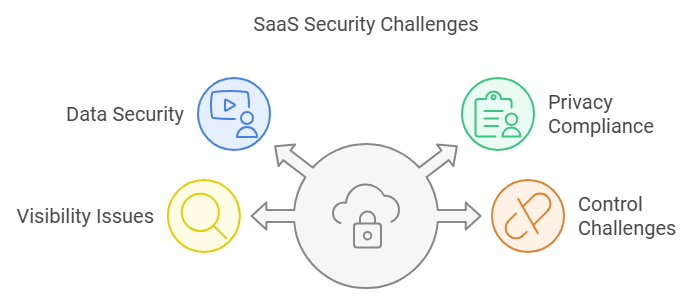
Key Security Challenges In SaaS
1.Data Security and Privacy Concerns
As sensitive data is often stored across multiple SaaS environments, securing it with encryption and adhering to privacy compliance in external cloud environments where you have limited control can be very difficult. Security risk increases as data moves from app to app; this necessitates ironclad measures to prevent breaches and unauthorized access, like strong strategies for data governance, continuous monitoring, etc., and is one of the major reasons to be proactive for SaaS security.
2. Poor Visibility and Control
Inadequate control and visibility in SaaS environments present huge risks, with the decentralized SaaS structure leading to additional complications with data oversight, access management, and use. Without a bird’s-eye-view of all deployed SaaS apps, your IT department will be unable to deploy and administer cross-organizational security measures. This could increase the chances of open vulnerabilities that could be exploited both internally and externally.
3. Compliance Challenges
Challenges in SaaS security threat management with regard to regulatory compliance are manifold; you may have to comply with varied data protection laws like HIPAA, GDPR, SAMA, ADHICS, etc., depending on where your data is stored and whose data is stored. Ensuring you comply with these regulations necessitates a clear and in-depth understanding of regional regulations, making it even more challenging to ensure compliance within the complex SaaS environment.

4. Third-Party Risks
These additional vulnerabilities arise due to the integration of external APIs and services in addition to the SaaS provider. It is critical that the security measures of these third parties are verified so that potential risks can be mitigated. If you rely excessively on your SaaS vendor for security measures, preventing cyberattacks on SaaS may be tougher, especially if they’re not transparent, and you are not capable of implementing internal security standards properly.
Also read: What is SaaS security posture management?
Why is SaaS Proactive Threat Management Important?
There are many benefits of proactive threat management in SaaS, like:
1.Data Protection
Managing SaaS risk helps to protect critical data that you store and handle in your SaaS apps. You can safeguard this data from unauthorized access, leaks, breaches, etc., and ensure its fidelity and secrecy when you enforce proper risk management strategies.
2.Business Continuity
By mitigating the risks in your SaaS apps, you can ensure business continuity and uninterrupted operations. When data breaches and other security incidents occur, daily business operations get disrupted.
3.Growth and Scalability
As your business grows, you are likely to include additional SaaS solutions, making it even more crucial to manage the risks associated with it all. When you manage the risk efficiently, you can ensure that there is seamless growth and no compromise on security or compliance.
4.Competitive Edge
When you are proactive for SaaS, prioritize managing your SaaS risk and safeguarding your data, you definitely gain an edge over the competition. Displaying commitment to data security and compliance helps build trust among the various stakeholders, and your organization will be looked upon as reliable and responsible.

Proactive threat management for SaaS can not only help you avoid or mitigate these risks, it can enable optimization of your SaaS environments, improve your resilience and security posture, and build trust among customers. Taking a reactive method means delayed threat response, causing too much damage; in some cases, irreparable damage can be caused.
The 9 Principles of Proactive Data Protection are as follows:
- Protection: -Always back up all your vital business data and metadata
- Resilience – display your digital resilience with quick and granular restoration of business data lost in incidents
- Observation – configure systems to trigger alerts immediately in the event of data loss or corruption to rectify instantly
- Access – store data in a separate environment, making it available and accessible when you require it, whether the platform is available or not
- Compliance – adhere to regulations by implementing policies
- Trust – implement automation, encryption, key management, integration, and other data protection mechanisms
- Insightfulness – maximize the value of SaaS data for testing, analysis, and innovation
- Versatility – ensure that when adverse events of any scale happen, you can protect and recover data, and be resilient
- Exactness – you should be able to restore precisely the exact data that was lost or corrupted.
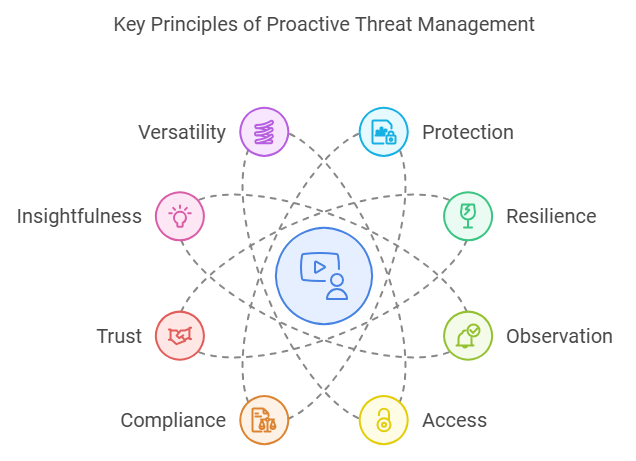
Now that you’ve seen the importance of proactive threat management in SaaS, you need to look at data backups as much more than mere insurance; with accurate restoration, the data can be reused for targeted marketing campaigns, business innovation, and so on.
Proactive Security Strategies for SaaS
Now that we have established that it’s important to be proactive where SaaS data protection is concerned, here are some tips and strategies on how to implement proactive threat management in SaaS:
a) Frequent Security Evaluations and Audits
The most important proactive strategy that you need is evaluating security regularly and conducting security audits. Doing this will help you to detect vulnerabilities and remedy them so that the security aligns with organizational requirements and can mitigate threats. Wattlecorp’s expert teams can conduct thorough security audits on a regular basis to ensure that security measures in place are adequate and as per industry standards, as part of the annual security program. We can demonstrate how to implement threat management in SaaS through this service.
b) Applying Continuous Monitoring of SaaS Security
This is one of the most effective proactive security strategies for SaaS. With continuous monitoring of your SaaS applications, you can get insights into deviations, anomalies, and adverse security incidents in real-time. Continuous monitoring helps you detect irregularities immediately and respond to them swiftly to alleviate threats. Wattlecorp provides expert continuous monitoring solutions to organizations to ensure that threats and risks are identified as soon as they crop up.
c) Embracing a Zero Trust Security Model
This is simply a model where you trust no one and nothing; every user goes through stringent verification processes, has minimal privileges for access, and is authenticated continuously. This can significantly improve the security of your SaaS platforms.
Also Read: Server Hardening: The Backbone of SaaS Security
d) AI and Machine Learning
You can study huge volumes of data to check for anomalies in patterns, detect threats through automation, and boost predictive security measures in SaaS environments, all thanks to machine learning and AI models.
e) Incorporating Behavioral Analytics
You can get valuable insights into user patterns and behavior with behavioral analytics. This can help you in identifying compromised accounts, insider threats, and so on. Subtle anomalies that are indicators of potential security breaches can be picked up by implementing this technology.
f) Leveraging CASBs or Cloud Access Security Brokers
CASBs function as intermediaries between cloud services and users and offer extra visibility into cloud activity, additional security controls, and assurance of compliance. CASBs are especially useful when you need to handle security for multiple SaaS apps.
Also Read : Future-Proofing SaaS Security: The Role of an Annual Security Program
g) Employee Training and Awareness Programs
It is essential that you ensure employee awareness and familiarity through training programs. Employees have to be aware of not just what the latest type of cybersecurity threats are, but also the best practices of handling them. When an organization has educated users, they form an integral part of the organization’s defense against malicious individuals and security threats. It is also critical that they have a proactive and security-first mindset. They should be vigilant and alert always so that they are able to recognize anomalies and suspicious activities and report them immediately.
i) Fostering a Culture of Collective Ownership
It is important to develop and foster a culture where every employee from the top management to the lowest level user takes responsibility for cybersecurity. This can greatly improve your organization’s overall security posture. Data and cybersecurity must be a collective effort, with every member in the organization pitching in.
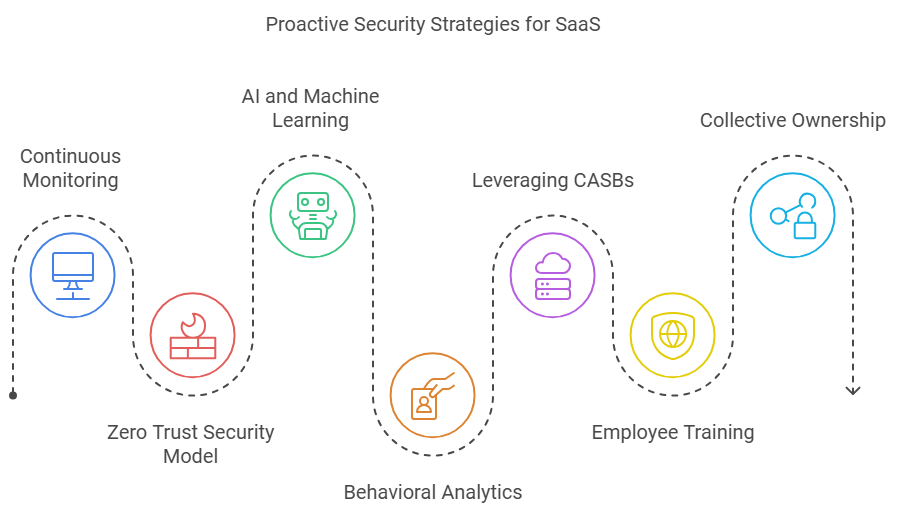
Improve your SaaS Security with Annual Security Program from Wattlecorp
We have seen what kind of threats SaaS environments face, why it’s important to minimize them, and how you can proactively counter those threats. Managing SaaS risk can be daunting, but not if you outsource it to an expert consultant like Wattlecorp. When you sign up for our Annual Security Program or ASP, we make sure to implement best practices for SaaS security management.
We continuously monitor your SaaS apps thoroughly on a regular basis throughout the year to conduct SaaS platform security risk assessments, security vulnerabilities, suspicious use patterns, and other anomalies. Once we complete our assessment, we will give you a list of recommendations to fix the vulnerabilities, apply security patches, and check that everything is working fine once you’re done.
Our team performs regular audits to make sure that your security measures are up-to-date and in line with industry best practices; this also helps ensure adherence to compliance requirements. We understand the importance of educating your employees and help with conducting training and awareness sessions.
Annual Security Program services from Wattlecorp is your ticket to data security, privacy, compliance adherence, and being proactive for SaaS. Along with continuous monitoring of your apps, we also provide real-time insights into usage, permissions, and so on, using a combination of manual and automated methods, including AI-based analysis and threat intelligence technologies, thus helping you neutralize the threats to your SaaS platforms.
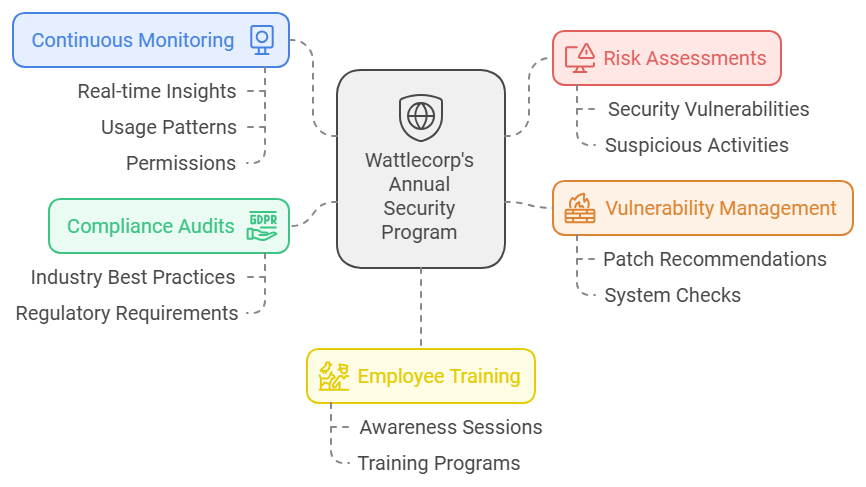
It goes without saying that to ensure robust security in your SaaS apps, being proactive is vital. You also need to continuously improve your security by staying informed of the latest SaaS cybersecurity trends and challenges. Demonstrate your commitment to data security, confidentiality, and privacy of your customers and employees with proactive threat management of SaaS risk. Guard your SaaS environments effectively with ASP services for Wattlecorp. Get in touch with us today—let’s talk about how to implement threat management in SaaS for your apps.
Frequently Asked Questions (FAQ’s)
1.How can proactive threat management prevent potential security breaches on our SaaS platform?
Wattlecorp conducts real-time monitoring for SaaS platforms and continuous security reviews, detecting vulnerabilities at an early stage. We then recommend the best practices to fix those vulnerabilities so that both external and internal risks like breaches and unauthorized access are prevented, or at the least, made negligible. This is reason enough why should SaaS switch to proactive security. Security lapses or deviations can be fixed with proactive practices like employee training, routine audits, and continuous monitoring.
2.Why is it important to invest in proactive threat management for our SaaS platform?
Wattlecorp conducts real-time monitoring for SaaS platforms and continuous security reviews, detecting vulnerabilities at an early stage. We then recommend the best practices to fix those vulnerabilities so that both external and internal risks like breaches and unauthorized access are prevented, or at the least, made negligible. This is reason enough why should SaaS switch to proactive security. Security lapses or deviations can be fixed with proactive practices like employee training, routine audits, and continuous monitoring.
3.What are the common threats that proactive management can help us avoid?
The most common threats that you can mitigate by being proactive for SaaS include external threats like malware, ransomware, phishing, data breaches, and other malicious attacks from cybercriminals; it also includes internal threats like unauthorized access, information leak, human error, oversight, and so on.
